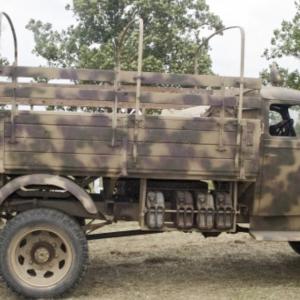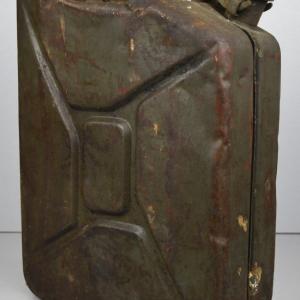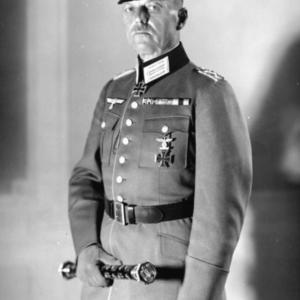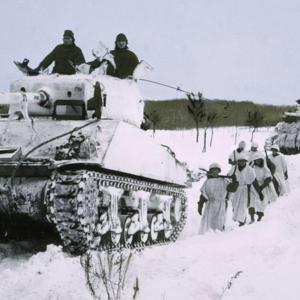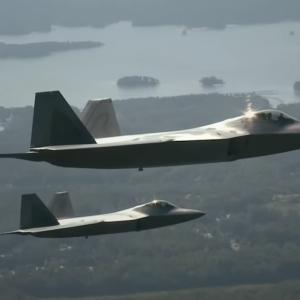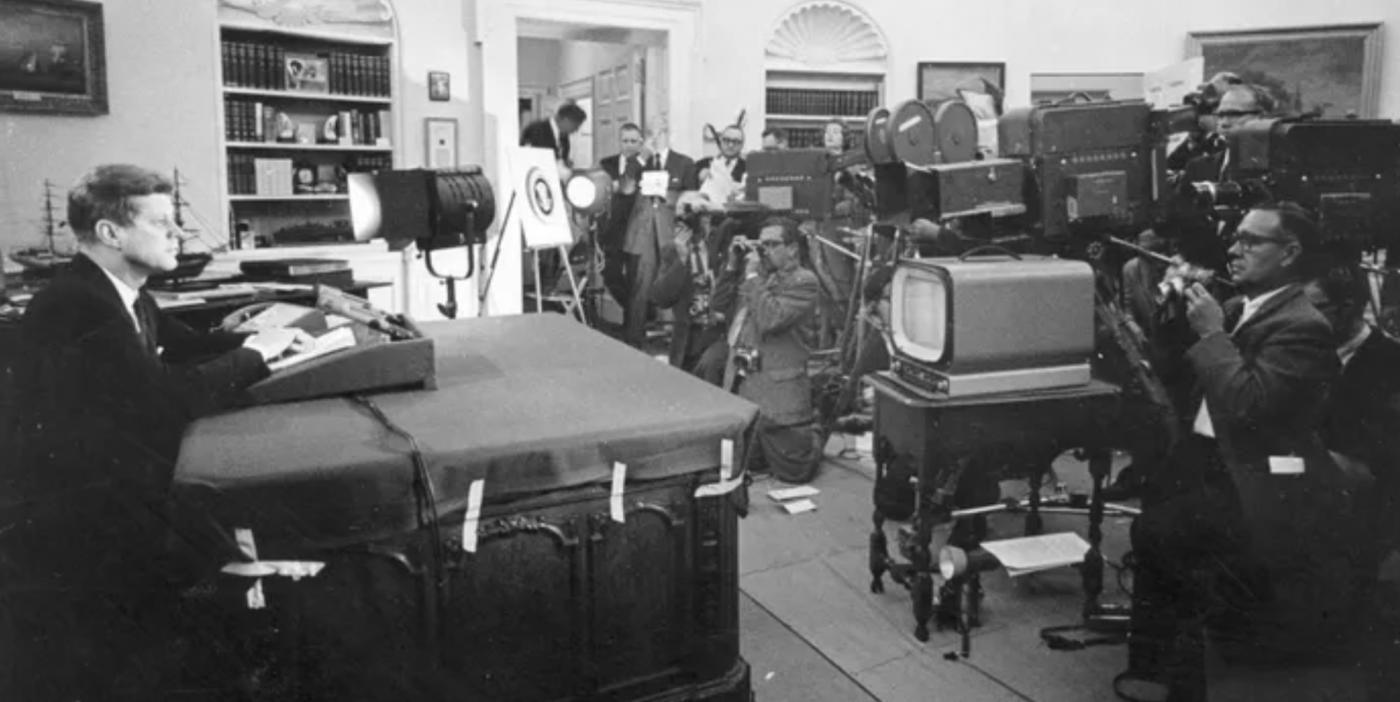
On this day in military history…
On the evening of October 22, 1962, the President of the United States delivered a televised address that would become one of the most critical moments of the Cold War. From the Oval Office, he revealed to the American people that the Soviet Union had secretly installed nuclear missile sites in Cuba, just 90 miles off the U.S. coastline. These missiles, capable of striking much of the continental United States within minutes, posed a sudden and direct threat. With calm urgency, the President announced a plan to stop further deliveries of offensive weapons to the island.
Rather than launching an immediate airstrike or invasion, the administration chose a more calculated response—a naval blockade, described as a "quarantine." This action would prevent the arrival of more nuclear warheads and missile parts from the Soviet Union. The strategy aimed to avoid war while making it clear that the U.S. would not tolerate nuclear weapons in the Western Hemisphere.
In his address, the President explained that the decision to implement the quarantine had been made after careful consultation with senior military commanders and advisors. Among those leading the U.S. response was General Maxwell D. Taylor, Chairman of the Joint Chiefs of Staff, who played a central role in shaping military strategy. Admiral George W. Anderson Jr., Chief of Naval Operations, was tasked with executing the naval quarantine, directing U.S. warships to intercept and inspect Soviet vessels approaching Cuba. General Curtis LeMay, Chief of Staff of the U.S. Air Force, was also a key figure, advocating for more aggressive action but ultimately aligning with the President’s chosen course.
The President made it clear that the purpose of the quarantine was defensive. It was not an act of war but a necessary measure to ensure national security. Soviet leaders had acted in secrecy, deploying missiles without public knowledge or international consultation. This breach of trust, he warned, required a decisive yet measured response. The United States, he assured the public, was fully prepared to act if the situation escalated, but remained open to diplomatic resolution.
The televised speech struck a careful balance—demonstrating strength without provoking immediate conflict. It was not just a warning to the Soviet Union; it was a reassurance to American citizens and allies that the U.S. government was in control of the situation. The President called for unity among Western nations and announced plans to bring the issue before the United Nations, where evidence would be presented to the world.
One of the most striking elements of the address was the appeal to common sense and shared human interests. The President stressed that a nuclear exchange would bring untold devastation to both sides and urged Soviet Premier Nikita Khrushchev to choose peace over confrontation. While firm in his demands, he left the door open to negotiations, emphasizing the need to step back from the brink.
As the naval blockade went into effect, American forces, under the command of men like Admiral Anderson, established a tight perimeter around Cuba. Tensions rose as Soviet ships approached, and U.S. military readiness was raised to DEFCON 2—the highest level ever reached short of actual war. The world waited anxiously.
After several tense days, Soviet leaders agreed to a negotiated settlement. The missile sites in Cuba would be dismantled and returned to the Soviet Union. In exchange, the U.S. pledged not to invade Cuba and later quietly agreed to remove American missiles from Turkey.
The address of October 22 and the crisis that followed highlighted the importance of clear communication, disciplined leadership, and strategic patience. Thanks to the collaboration between civilian leadership and military command, the United States navigated one of its gravest tests without resorting to war.

